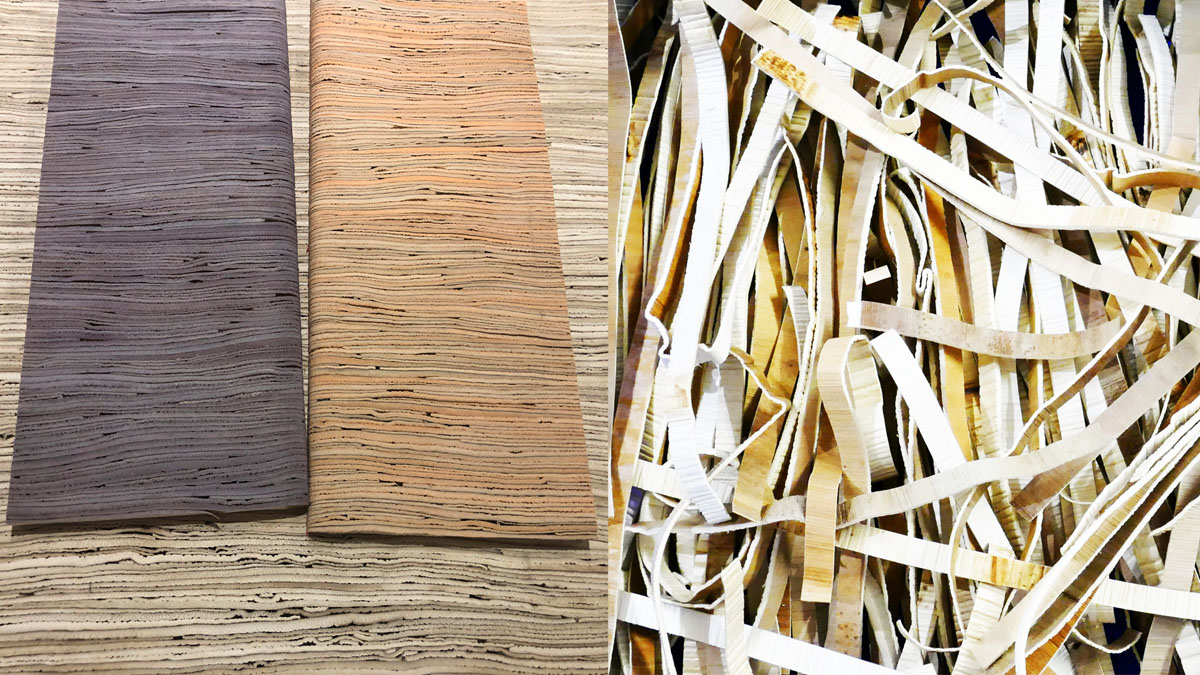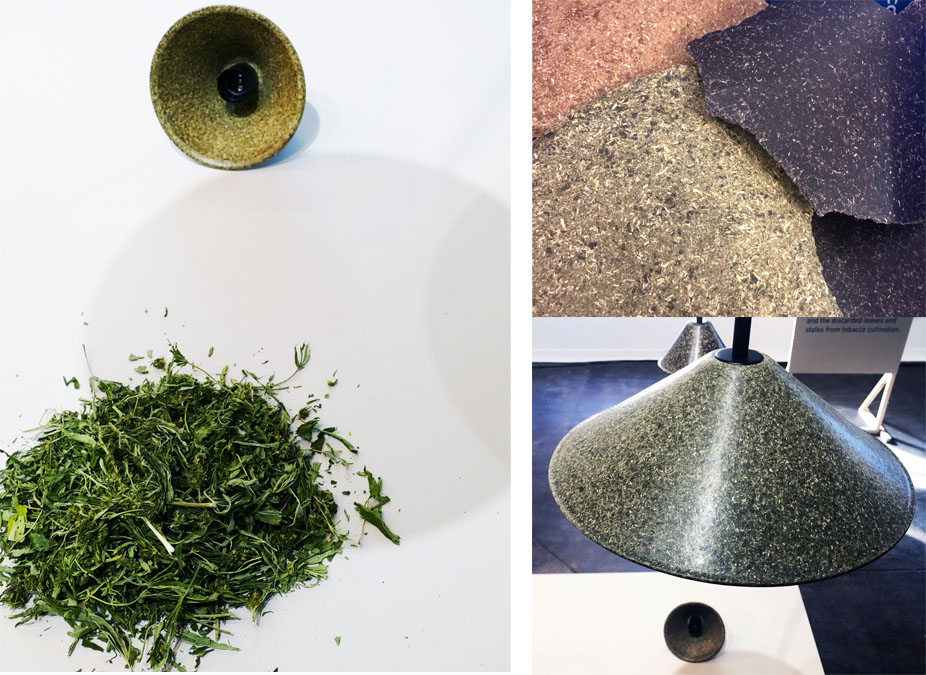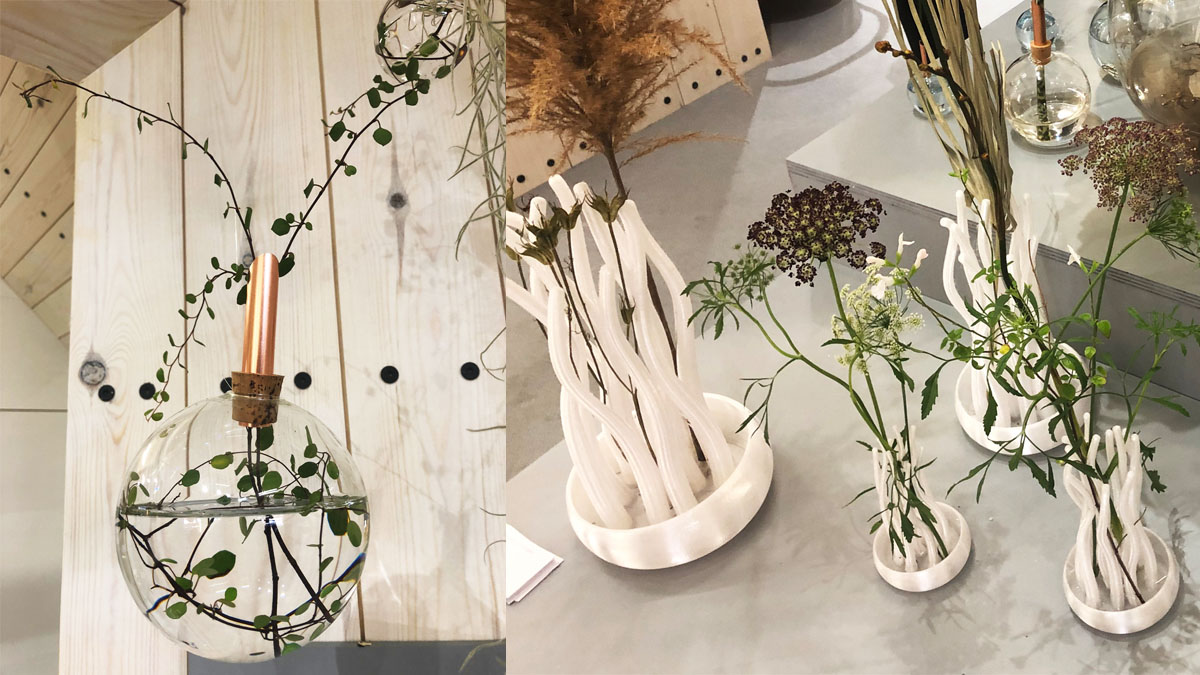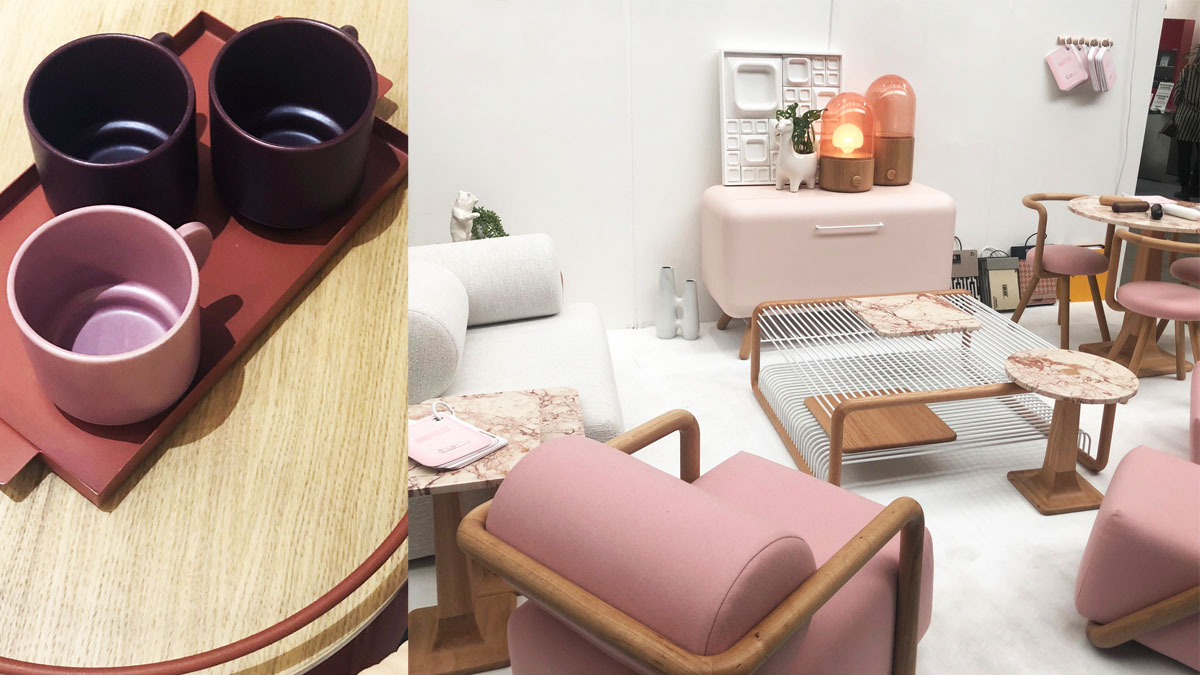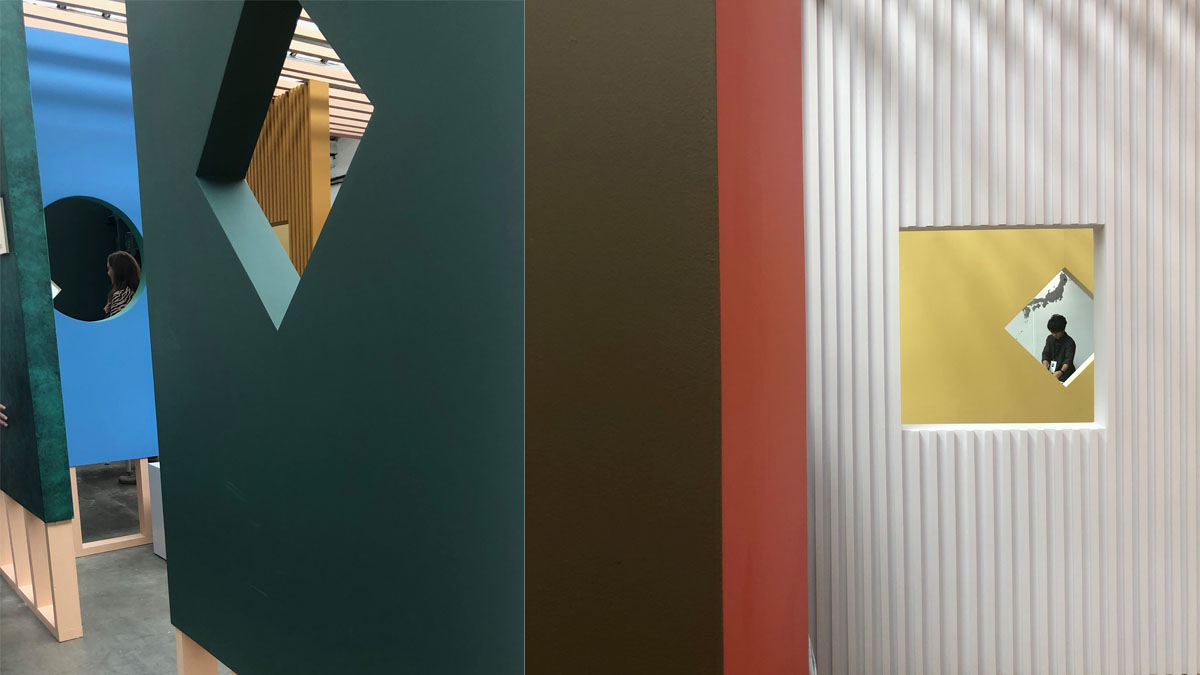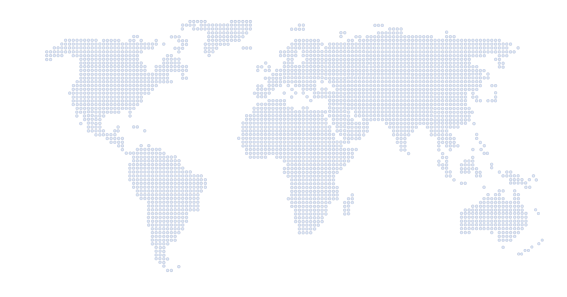Climate change is not news for any of us. How to make concrete actions and give tools for business development for sustainable solutions is what we believe is lacking. For 20 years we have been advocates of sustainable design. Our way of taking a stand on climate change is to educate and give tools for individuals and companies to make sustainable business relevant choices.
For our own education we visit different events and fairs to look for new ways of doing business relevant decisions and using materials for product designs. For the third year Design Fair London is holding Material of The Year, where they scrutinise and highlight materials the design world is turning to. The process is moving from last year’s highlight of the resourcefulness in reusing plastic products. This year in London design fair the material of today is most definitely biomaterials – made of by-products from the agricultural industry.
Biomaterials
Since 2016 Fernando Laposse has tried to find ways to use corn husk waste, transformed into new materials such as veneers used in interior and product design. Totomoxtle is a new material that harnesses the brilliant spectrum of colour seen in the husks of heirloom corn. Its biodegradable and a very cost effective raw material, something that used to be thrown away before.
Tjeerd Veenhoven use discarded palm leaves to create new materials: PALMLEATHER, with exciting colours and patterns. Palm leather is made by dipping the dry and brittle leaves from the Arecae Betel Nut into a biological softening solution, after a few days the material turns permanently soft and flexible and shows great aesthetic quality. The material can be processed on conventional machines.
The High society studio light collection is another good example of using Biomaterials, made of by-products from the agricultural industry. They use hemp leftovers cultivated without pesticides at 1300 meters above sea level. The compression of the raw material creates a sleek surface that emits a distinctive hemp aroma. In their collection they use different leaves and stalks that are normally thrown away during the cultivation of tobacco, hemp and pomace, the solid remain of wine.This waste is compressed and moulded using a bio-based binder and finished by applying a natural wax coating to protect the surface from moisture.
Scandinavia Form want to experience Scandinavian design through nature. Glasilium have created a new way of displaying plants using a sleek copper and cork tube, and a glass vase. Eva Levin the designer explained “When I made this vase I wanted to create something that helps you express your relationship with what’s beyond your walls.” In her latest design that she calls NATURE she used reused plastic from PET bottles; that is 3D printed into shapes inspired by nature. This is another way to explore nature as more and more people are interested in Bio design and Biomimicry.
If you are interested in this subject, how we can use the nature to inspire the way we design please sign up to OMUUS BIODESIGN Presentation and workshop that is taking place in Helsinki 3/10.
https://www.urbanview.net/en/trends/448-biodesign.html
Trending colours
Colours are following the biomaterials used and are consequently very earthy in different shades of brown and beige. Soft smooth pink is still seen and works well with all warm and earthy colours.
So why are we drawn to these colours why is brown introduced back to our lives and why do we still love pink in different soft shades. How do these warm shades make us feel? Colours have a profound psychological influence on human emotions and behaviour. Let’s look at some examples of colour psychological traits of these colours: In the age of uncertainty, we are drawn to earthy warm colours. Brown is a colour that creates a feeling of reassuring and safety making us think of earth and strong reliable trees, brown is a solid and grounded colour. Pink on the other hand is nurturing and caring.
Colour doesn’t live in isolation. How we understand a colour comes from the relationships it makes with others, just like people a beautiful way of explore colours well said with Craig & Rose’s collection of new colours made by Calzada Fox and studio Shaw.
Colours have a profound psychological influence on human emotions and behaviour. Colour can be used to evoke customers behaviours in many different ways. If you are interested to dive deeper in the knowledge of colour please sign up for Omuus upcoming workshop in Helsinki in October 2/10 2019 INTRODUCTION TO APPLIED COLOUR PSYCHOLOGY
https://www.urbanview.net/en/trends/447-presentation-workshop-applied-colour-psychology.html
The well-known colour psychologist Karen Haller will give her perspectives on applied colour psychology in next Omuus blog. Karen Haller has recently released her new book “The Little Book of Colour” on how to use the psychology of colour to transform your life. (Penguin Life Publish)


